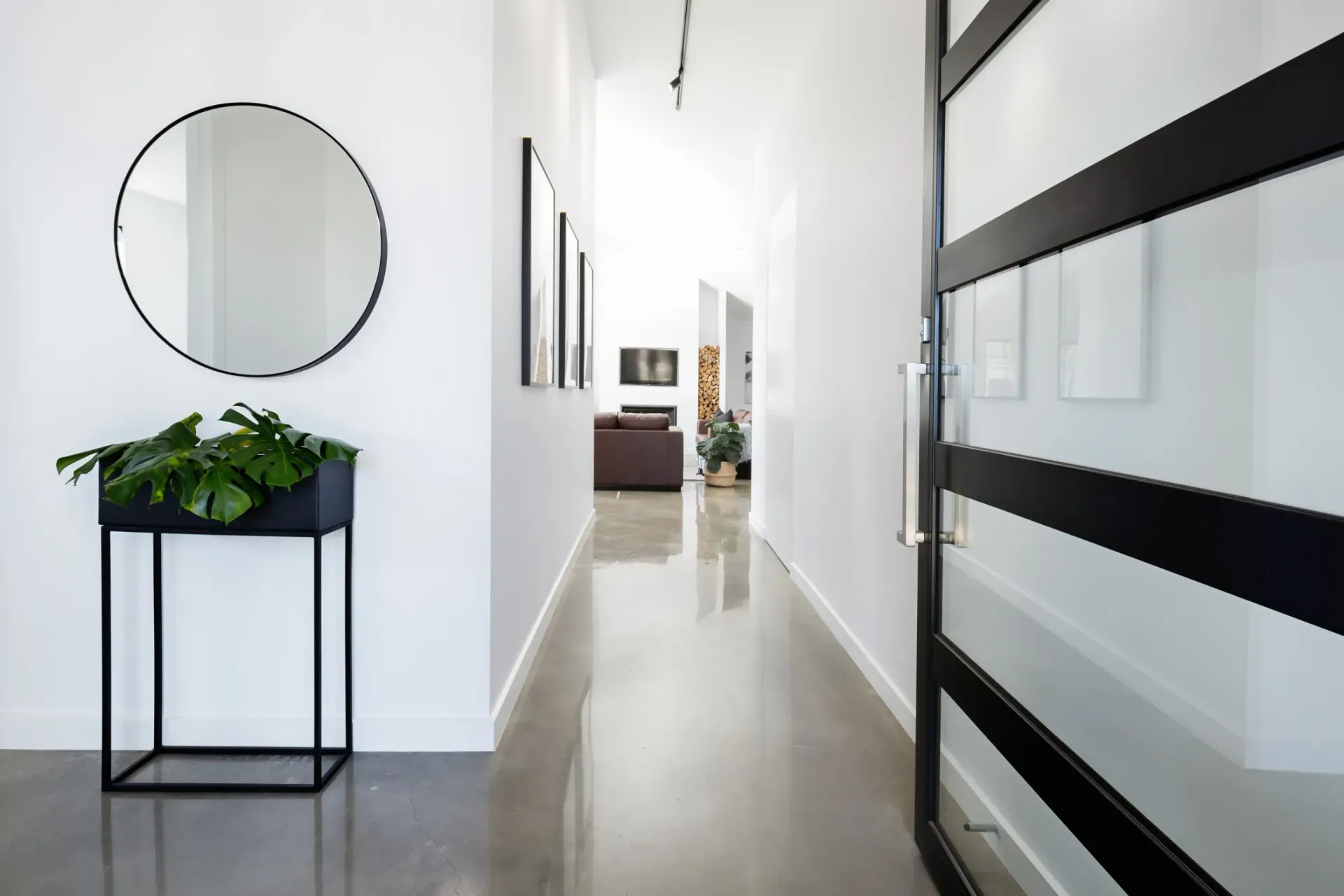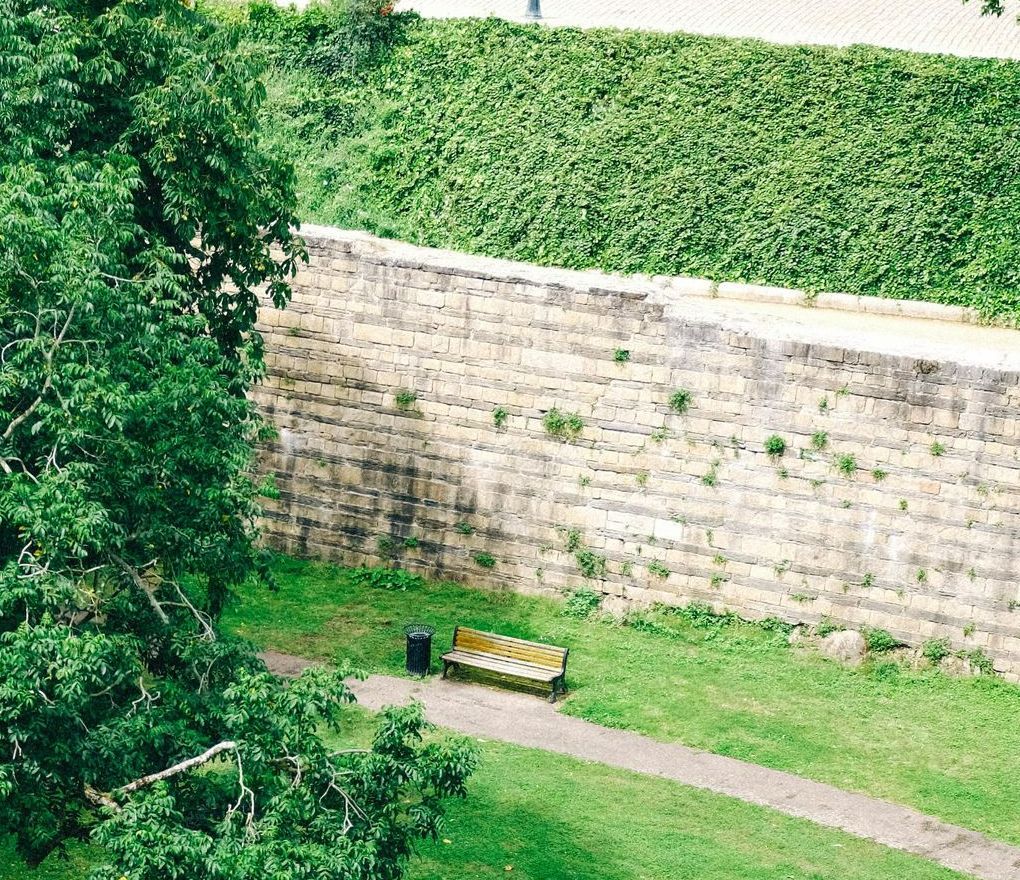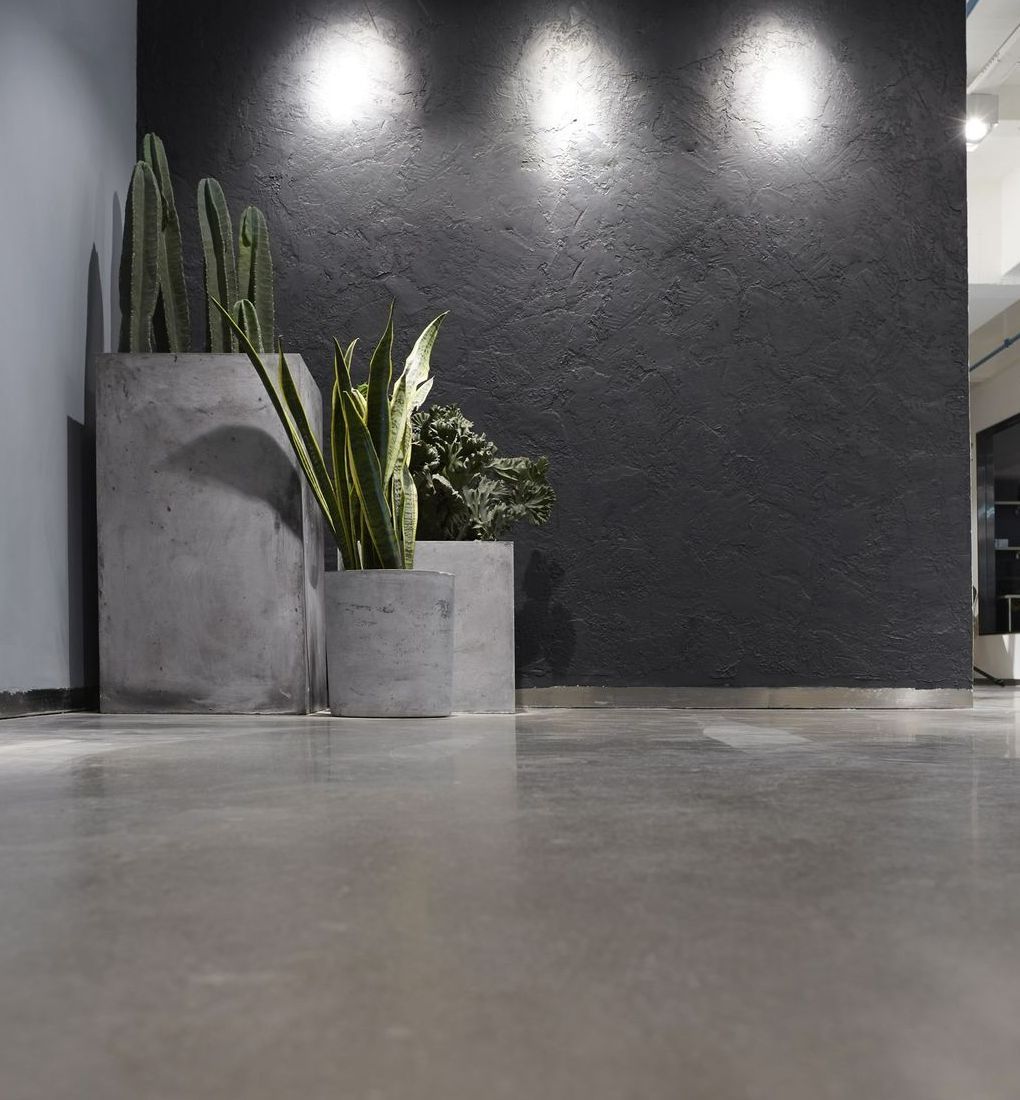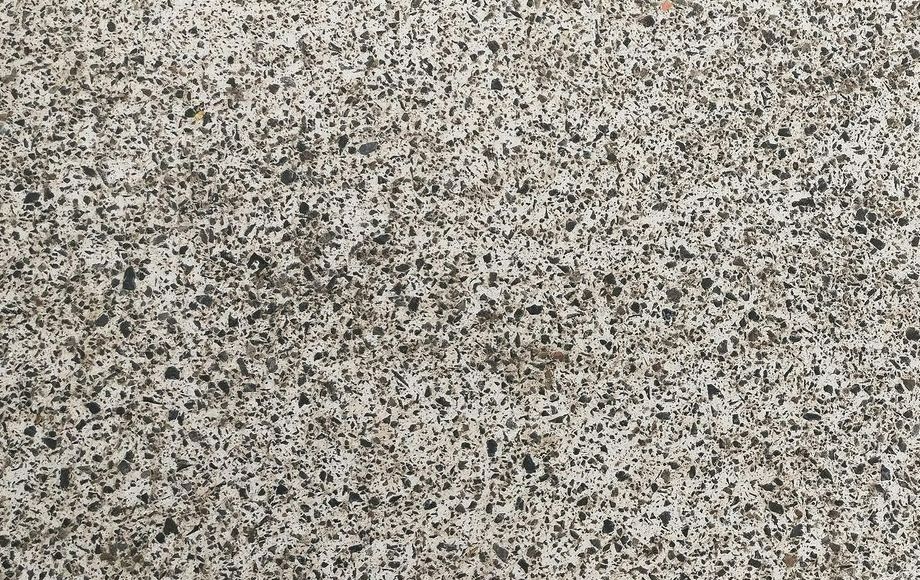The Beauty of Polished Concrete in Bendigo: The Ultimate Flooring Solution

Step into the world of polished concrete in Bendigo, where beauty, durability, and versatility come together to create the ultimate flooring solution. This article is a must-read if you want to transform your concrete floors into stunning, long-lasting masterpieces. Polished concrete is one of the popular options in Bendigo and beyond for its aesthetic appeal, easy maintenance, and exceptional durability. This comprehensive guide will explore the art of polishing concrete, its benefits, why it's an ideal choice for Bendigo floors, and how it can elevate your home's or commercial space's ambience.
The Art of Polished Concrete: From Ordinary to Extraordinary
Polished concrete is more than just a flooring option; it's an art form that transforms ordinary concrete into extraordinary surfaces. The process involves grinding the surface to remove imperfections and expose the aggregate within, creating a smooth, glossy finish that enhances the concrete's natural beauty. With concrete polishing, your floors can go from bland to breathtaking, making a striking statement in any space.
Polished concrete offers various advantages, making it a sought-after flooring solution. Its low maintenance and easy-to-clean properties make it a practical choice for busy households and commercial settings. Moreover, polished concrete is durable and cost-effective, offering a long lifespan and reducing the need for frequent floor replacements
Why Polished Concrete Shines in Bendigo
Bendigo's climate can be demanding, with hot summers and cool winters. Polished concrete's unique properties make it an ideal flooring solution for the region. During the hotter months, polished concrete floors stay calm as they release stored heat when needed. In contrast, they provide warmth during the cooler months, making them comfortable throughout the year.
Another significant advantage of polished concrete in Bendigo is its durability. Polished floors can withstand heavy foot traffic and pressure, making them ideal for residential and commercial spaces. Furthermore, polished concrete requires minimal maintenance, eliminating the need for aggressive cleaners or brushes that other flooring materials might require.
Grind, Polish, Shine: The Steps to Polished Perfection
The process of polishing concrete involves several key steps. First, the existing concrete surface is ground to remove imperfections, stains, or coatings. The concrete grinding process is done in multiple stages, progressing from coarse to acceptable grit levels to achieve the desired smoothness and sheen.
After grinding, the surface is polished to bring out its shine. Different finishes, such as matte, satin, or high gloss, can be achieved during polishing. Concrete polishing is a fast and inexpensive method of transforming existing and new concrete surfaces with diamond-sharp precision.
Polished Concrete for Both Residential and Commercial Spaces
Polished concrete is highly versatile and adapts effortlessly to various spaces. In residential interiors, polished concrete floors can evoke thoughts of beautiful hidden layers, as the concrete's natural beauty is exposed without additional flooring materials. This can create a seamless and visually striking floor, adding a touch of elegance to any home.
On the other hand, in commercial spaces, polished concrete offers an excellent flooring option that can withstand heavy exposure. Whether it's a busy office or a bustling retail store, polished concrete floors are more enduring and likely to maintain their sheen under constant pressure.
The Benefits of Professional Concrete Polishing Services
To achieve the best results with polished concrete, it's essential to enlist the expertise of professional concrete polishing services. These technicians have extensive experience polishing existing and new concrete using state-of-the-art equipment to suit your polished substantial requirements.
Professional concrete polishing ensures the process is executed precisely, resulting in flawless and durable floors. They offer customized solutions, allowing you to achieve the desired finish, whether it's a high gloss shine or a more subtle matte surface.
The Power of Polished Concrete: Cool, Durable, and Energy-Efficient
One of the notable benefits of polished concrete is its ability to stay calm in warmer months, offering a comfortable space for occupants. Polished concrete floors shielded from the sun will stay cool longer as they absorb and release the stored heat as needed. This makes them a practical choice for homes and commercial spaces in Bendigo.
In addition to their cooling properties, polished concrete floors are exceptionally durable and withstand heavy wear and tear. They are less likely to require aggressive cleaners or brushes to maintain their appearance, making them a long-lasting and low-maintenance flooring option.
Polished Concrete vs. Other Flooring Options: Making the Right Choice
When comparing polished concrete with other flooring options, it becomes evident why it's a popular choice:
- Comparing Polished Concrete with Epoxy Flooring: While epoxy flooring offers durability and chemical resistance, polished concrete surpasses aesthetics and long-term cost-effectiveness.
- Polished Concrete vs. Traditional Floor Coverings: Polished concrete eliminates the need for additional flooring materials, reducing installation costs and waste. It also offers greater design flexibility with various finishes and colours.
- The Value of Polished Concrete in Bendigo: For Bendigo residents, polished concrete offers a cost-effective and stylish solution for enhancing the beauty of their spaces while ensuring durability and ease of maintenance.
Polishing Existing and New Concrete: The Versatility of the Process
Polished concrete can transform old, worn-out concrete floors, breathing new life into existing spaces. The process involves grinding and polishing pre-existing concrete surfaces with diamond-sharp precision, revealing the maximum size of exposed aggregate.
Concrete can be hardened and polished for new constructions before adding other flooring layers. This process enhances the concrete floor's appearance and can be customized to suit specific interior design styles.
Maintaining Polished Concrete: Tips for Long-Lasting Elegance
Maintaining polished concrete is relatively easy, requiring only gentle cleaning using a cleaner designed for polished surfaces. Aggressive cleaners and brushes should be avoided to prevent damage to the shiny surface.
By following proper maintenance practices, such as avoiding heavy exposure to harsh chemicals or abrasive materials, you can extend the life expectancy of your polished concrete floors.
Elevate Your Bendigo Floors with Polished Concrete
Polished concrete has emerged as the ultimate flooring solution for its beauty, durability, and easy maintenance. For residential interiors or bustling commercial spaces, polished concrete offers numerous benefits that set it apart from other flooring options. Embrace the timeless appeal of polished concrete and elevate the ambience of your Bendigo home or business with this remarkable flooring choice. Contact us today at 03 4420 4768 to get started!
You might also like



FREE INSTANT QUOTE
**plus free bonus coupon**
